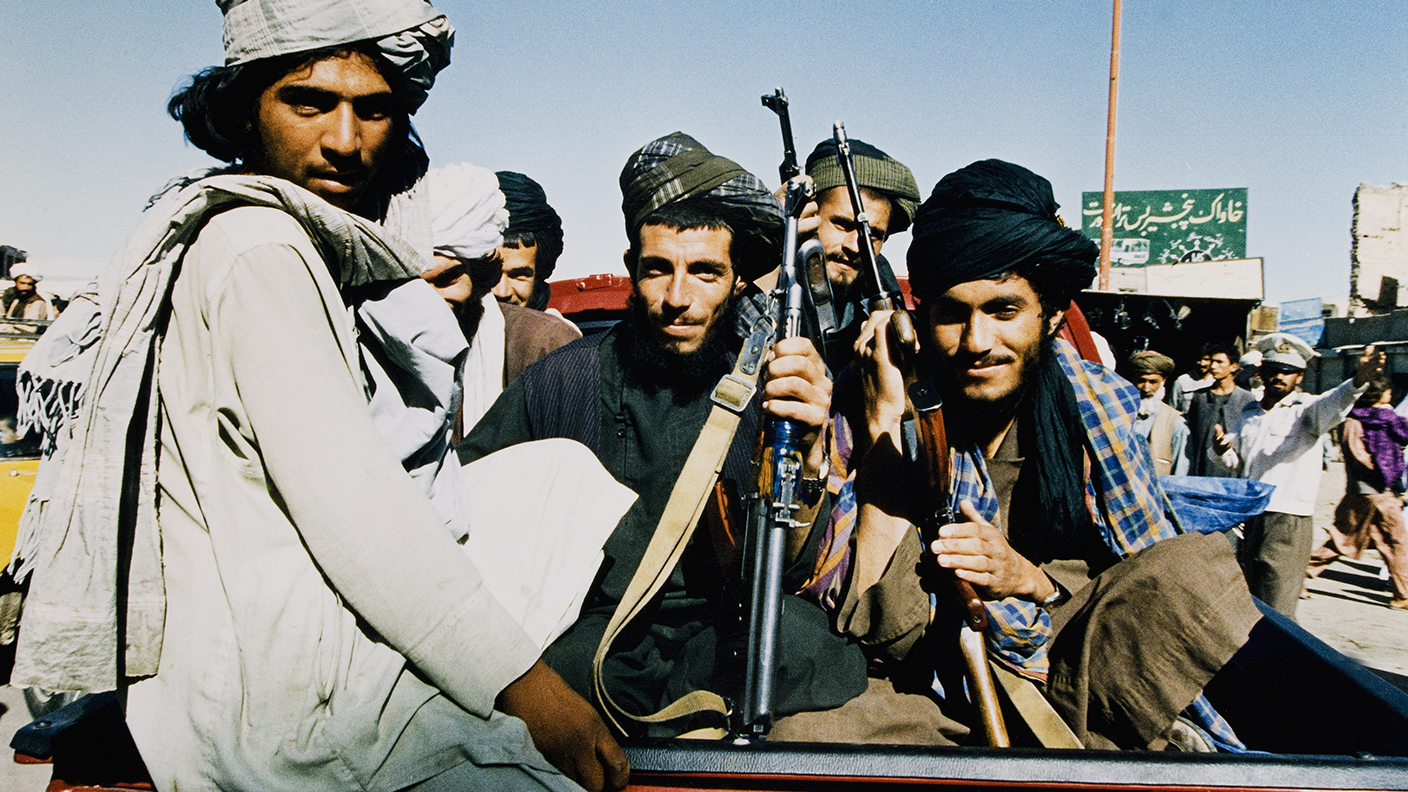25 September 1996: the Taliban reach Kabul
After the end of Soviet involvement in Afghanistan, the Taliban reached the suburbs of the capital, Kabul, on this day in 1996.


In December 1979, the Soviet Union invaded Afghanistan, leading to a brutal war over the next decade. The US, Pakistan and others provided the resistance with logistical and financial support, forcing the Soviet Union to withdraw by early 1989.
This defeat helped convince the Soviets not to intervene forcibly in various Eastern European revolutions, aiding the demise of the USSR. But the conflict took a huge toll on Afghanistan; up to 1.5 million Afghans died.
After the Soviet withdrawal, the puppet regime was expected to collapse. But Russian financial support saw it cling on until 1992. The opposition, never united, fractured further. By the early 1990s, swathes of the country were run by warlords and bandits.
Subscribe to MoneyWeek
Subscribe to MoneyWeek today and get your first six magazine issues absolutely FREE

Sign up to Money Morning
Don't miss the latest investment and personal finances news, market analysis, plus money-saving tips with our free twice-daily newsletter
Don't miss the latest investment and personal finances news, market analysis, plus money-saving tips with our free twice-daily newsletter
In 1991 a group of students in religious schools joined refugees from camps on the Pakistan border to form the Taliban under Mullah Mohammed Omar. By 1994 they had taken Kandahar, Afghanistan's second city. By 25 September 1996 they reached the suburbs of Kabul, the capital. The main anti-Taliban opposition retreated, and they took power.
Over the next five years, the Taliban imposed Islamic rule, banning education for women and imposing draconian punishments for minor crimes. They allowed the terrorist group al-Qaeda to establish bases that were used to organise the September 11th attacks.
Get the latest financial news, insights and expert analysis from our award-winning MoneyWeek team, to help you understand what really matters when it comes to your finances.

Matthew graduated from the University of Durham in 2004; he then gained an MSc, followed by a PhD at the London School of Economics.
He has previously written for a wide range of publications, including the Guardian and the Economist, and also helped to run a newsletter on terrorism. He has spent time at Lehman Brothers, Citigroup and the consultancy Lombard Street Research.
Matthew is the author of Superinvestors: Lessons from the greatest investors in history, published by Harriman House, which has been translated into several languages. His second book, Investing Explained: The Accessible Guide to Building an Investment Portfolio, is published by Kogan Page.
As senior writer, he writes the shares and politics & economics pages, as well as weekly Blowing It and Great Frauds in History columns He also writes a fortnightly reviews page and trading tips, as well as regular cover stories and multi-page investment focus features.
Follow Matthew on Twitter: @DrMatthewPartri
-
 RICS: homebuyers are returning after stamp duty shock
RICS: homebuyers are returning after stamp duty shockThe housing market has been subdued since stamp duty thresholds dropped in April, but there are signs of a recovery
-
 Reducing cash ISA limit will make lending difficult and expensive, warn providers
Reducing cash ISA limit will make lending difficult and expensive, warn providersAn open letter from the Building Societies Association has urged the chancellor to keep the cash ISA limit at £20,000. We look at whether a smaller cash ISA allowance will make it harder to get a mortgage or loan